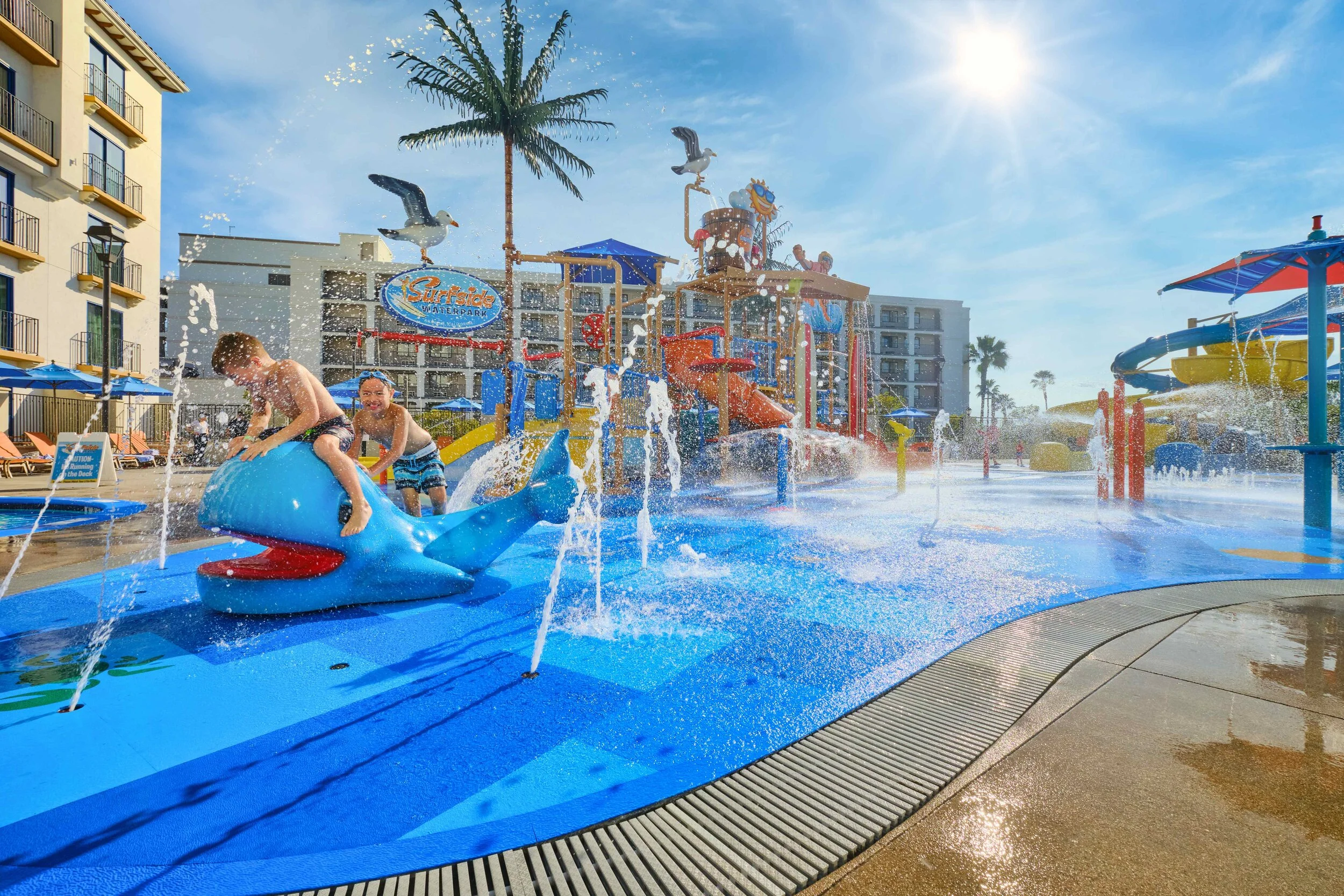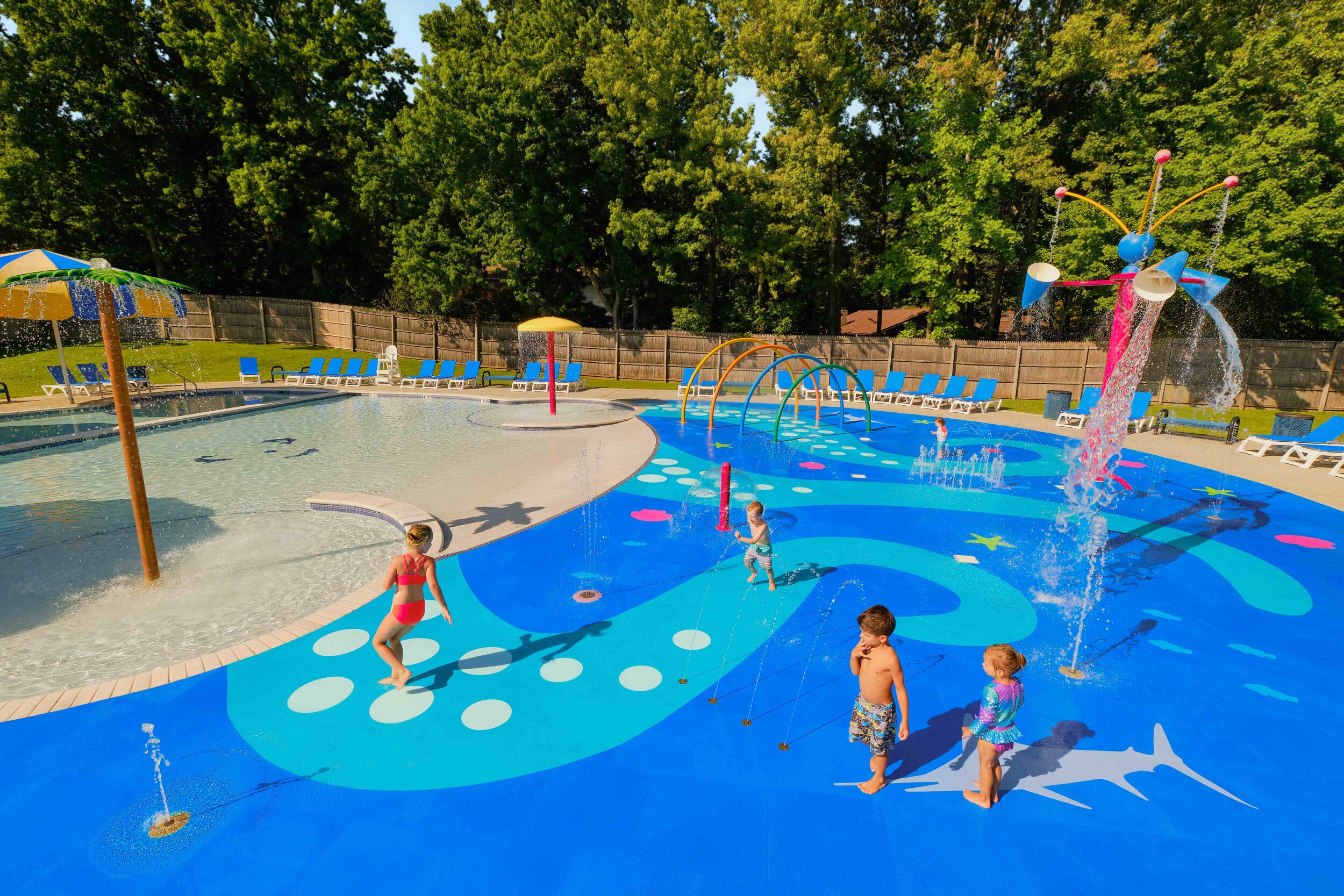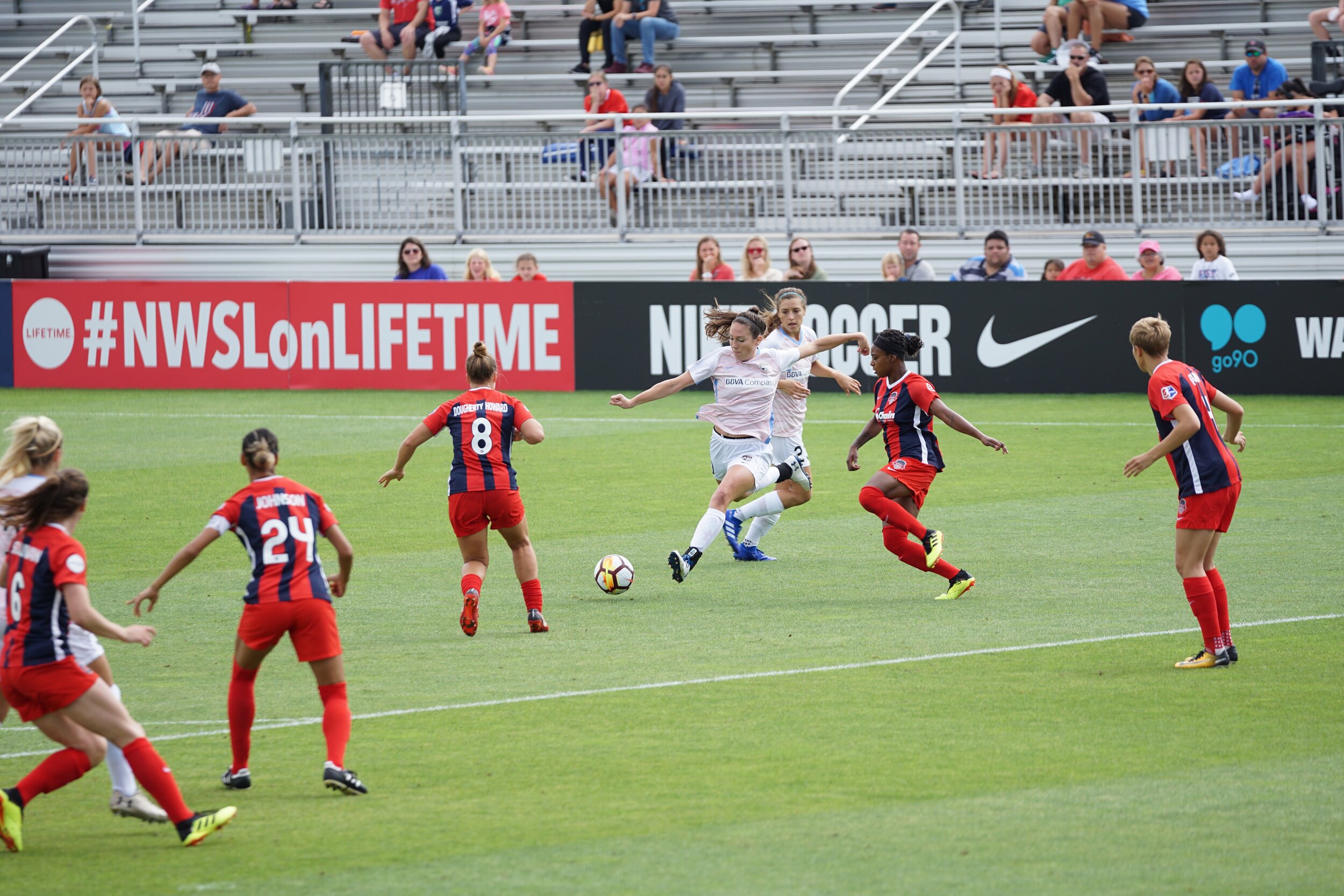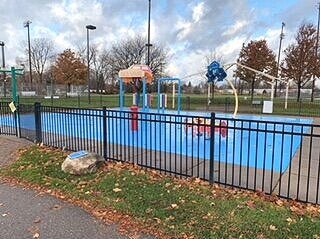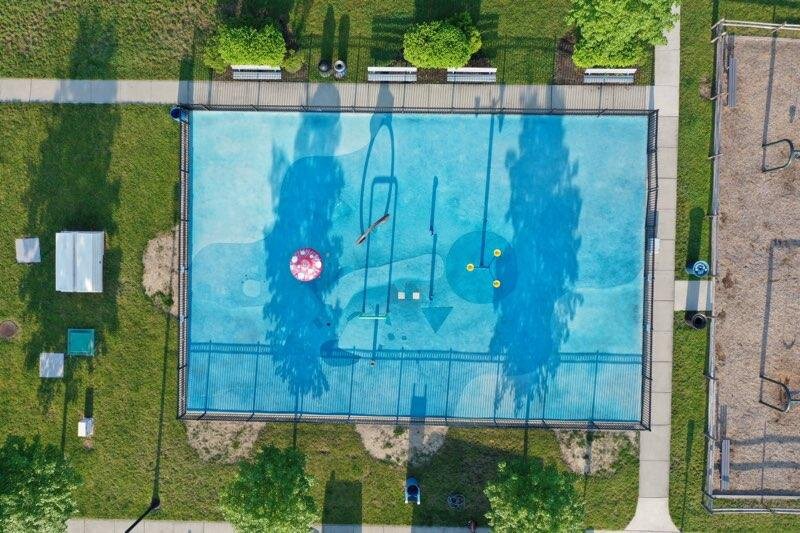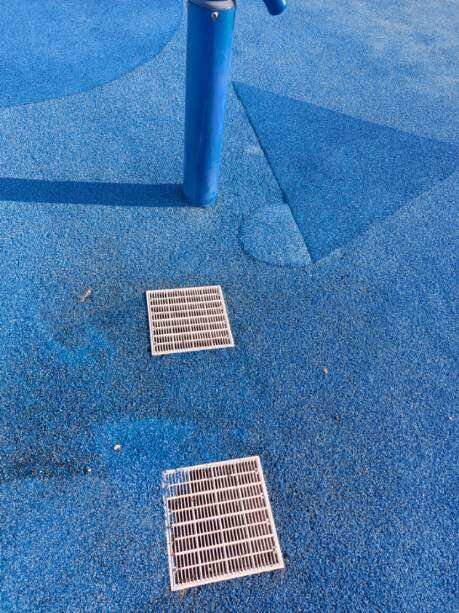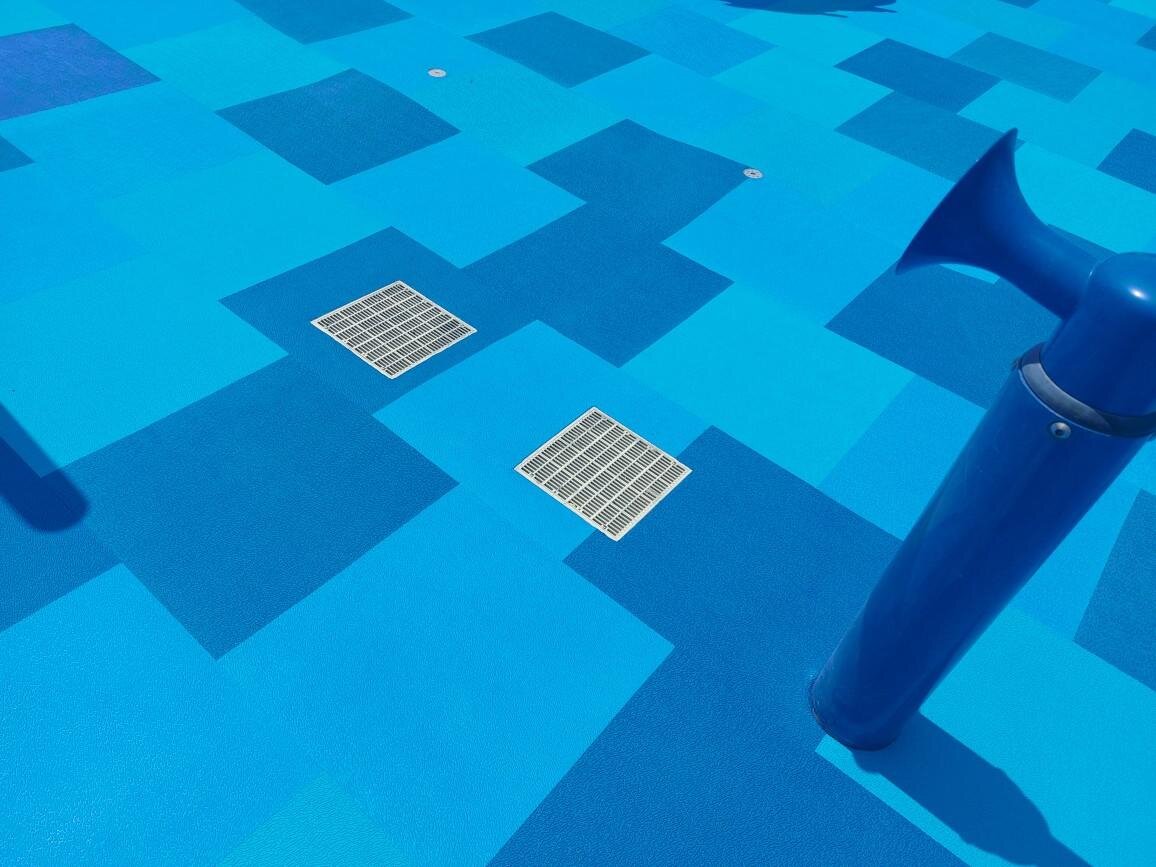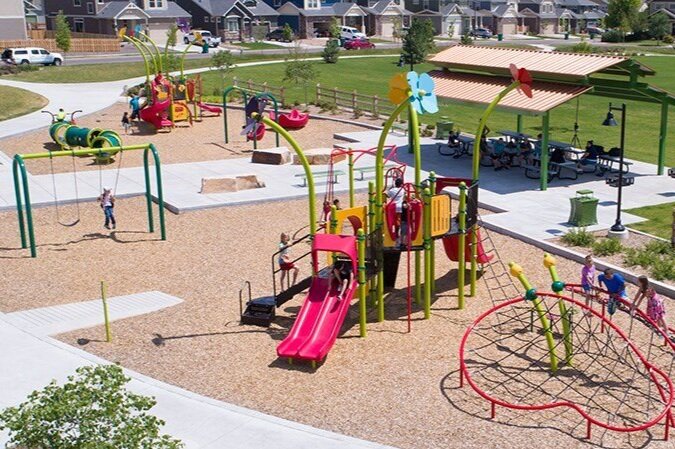In 2020, we co-hosted our first ever Make a SPLASH! Contest with Inside Edge Safety Surfaces that awarded a grand prize grant for Life Floor safety surfacing to Dothan, Alabama for their Andrew Belle Splash Pad. We initiated this contest to uplift communities across the country with beautiful splash pad surfacing designs that add increased safety for residents.
This year, we decided to bring the contest to life again. We received a 177% increase in entries in comparison to last year’s contest from facilities located in 22 different states across the U.S. We saw entries that wanted to make their splash pads safer (56%), more beautiful (35%), and more accessible (5%) for all types of visitors. We were overwhelmed by the number of cities and organizations making strides towards improving their communities and striving to make a positive difference.
One entry in particular stood out to our teams. This entry showed the clear passion that the staff has for their community and the dedication they have towards making it safer and more fun for everyone.
We are excited to announce the winner of the 2021 Make a SPLASH! Grant Contest:
WELLS PARK SPRAY PAD IN ALBUQUERQUE, NEW MEXICO
On Friday December 10th, Life Floor and Inside Edge Safety Surfaces called the city to the deliver the news that they had won the full grant for their splash pad upgrade. Josh Herbert, Aquatics Division Manager answered the phone and said, “Oh my gosh. That’s incredible. I came upon it in an email, and I said that would be really great! So, I took a bit of time to build it together, and, hey, never hurts to enter just in case… I can’t wait to spread the good news!"
Thank you to the city of Albuquerque for sharing your story. We look forward to collaborating together to provide a new Life Floor splash pad surface to your city!
Once installation is complete in 2022, we will be sharing all of the details behind Wells Park Spray Pad alongside photos of their renovation.
HONORABLE MENTIONS
Beyond the grand prize winner, Life Floor and Inside Edge Safety Surfaces decided to recognize two other facilities whose stories also stood out. These facilities have been awarded substantial partial grants towards the resurfacing of their splash pads.
St. Cloud Commons All-Inclusive Splash Pad in Huntington, WV
This facility’s dedication to creating a fully accessible splash pad for their community showed the passion their staff has for creating positive memories for all people.
Thank you to Huntington, WV Parks and Recreation for your thoughtful submission!
Little Haiti Soccer Splash Pad in
Miami, FL
The importance of community shined through this entry. The staff that manages this splash pad truly cares about the development and safety of the children within their community.
Many thanks to Miami, FL for entering our contest to improve their community!
PARTIAL GRANTS
With so many deserving entries, we have decided to also offer smaller grants. Together, all grants total over $470,000 split amongst communities across the United States who entered our Make a SPLASH! Grant Contest.
Thank you to everyone who entered! We look forward to serving all of these communities.
To receive updates and features on the grant winners as well as the third annual Make a SPLASH! Grant Contest, be sure to sign up for our email newsletter below.










